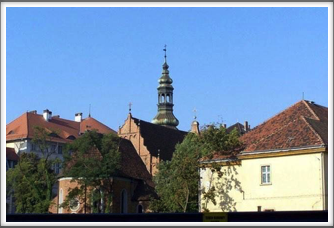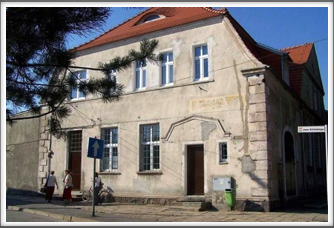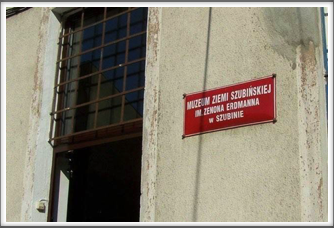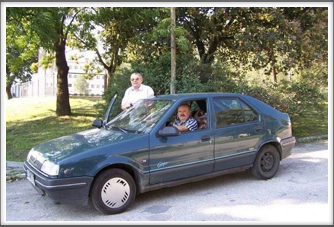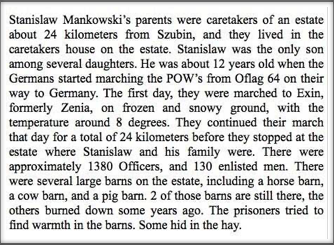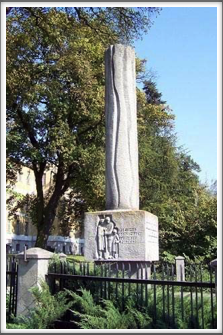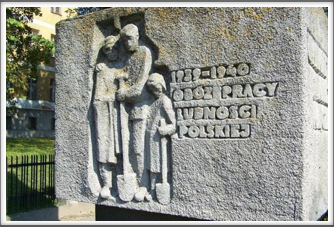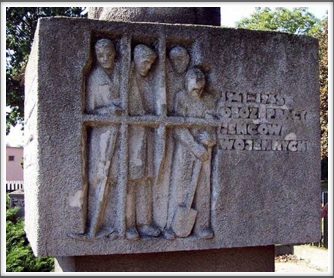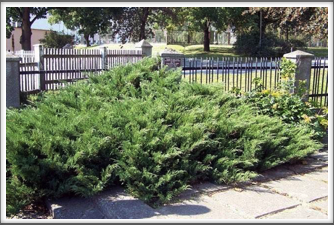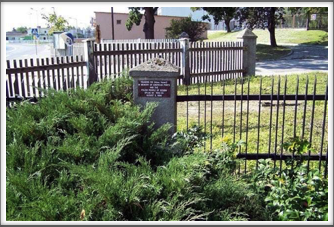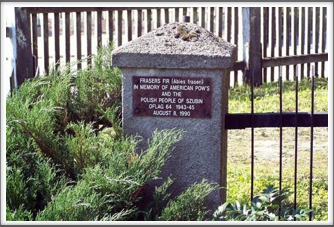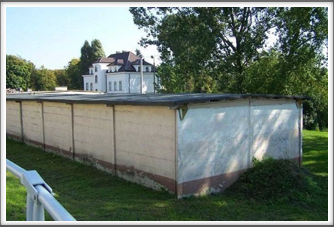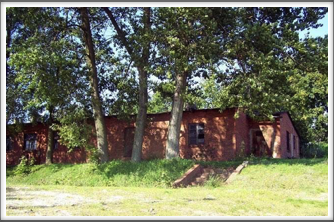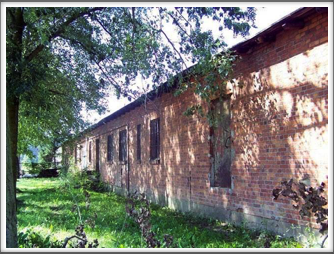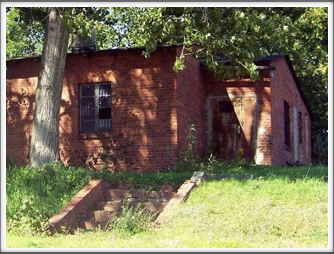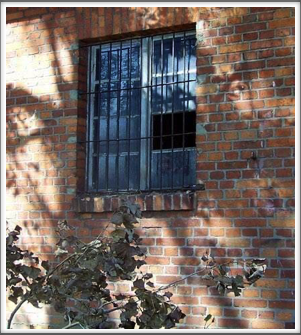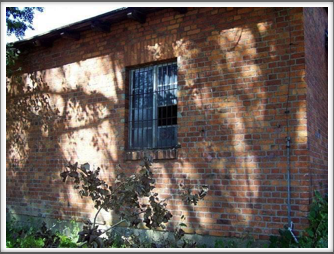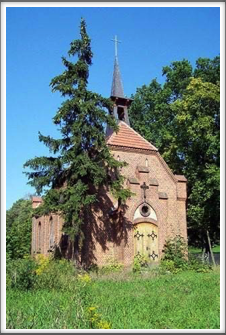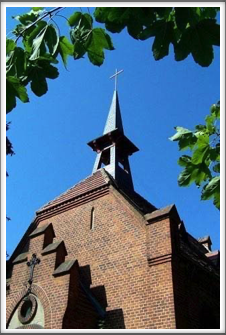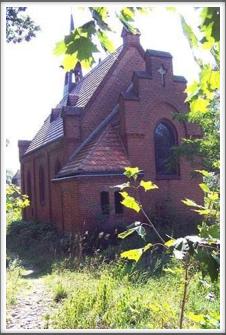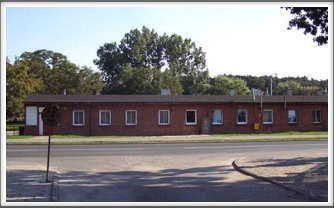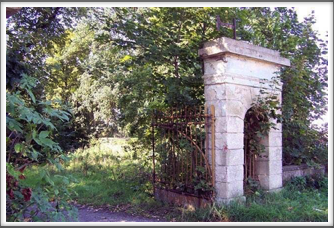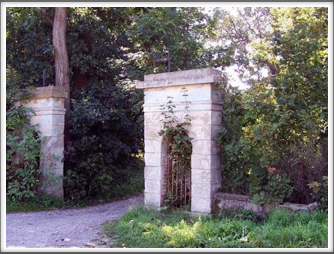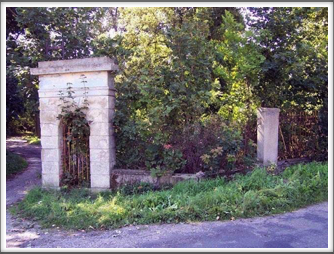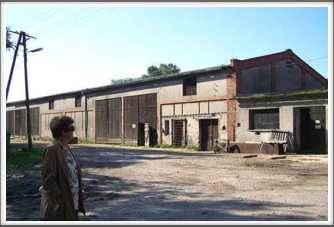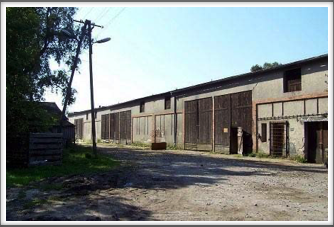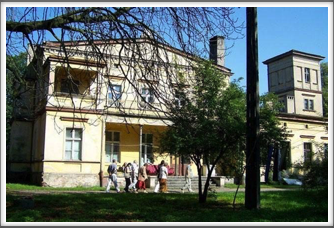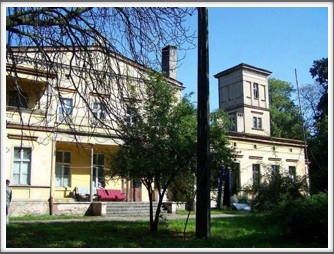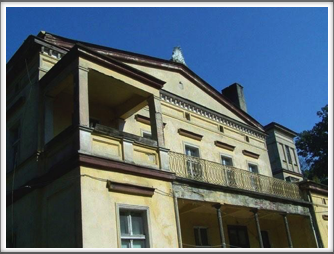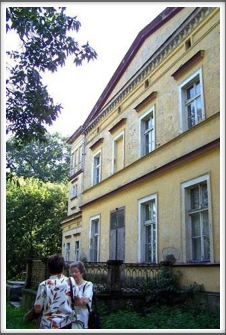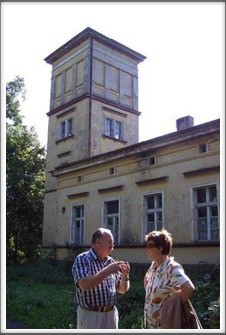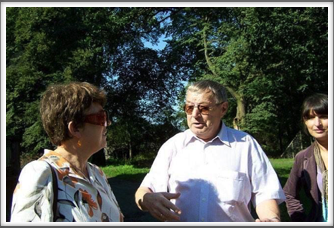
Jackie Pettigrew's
Szubin Trip
September 2006

Szubin Poland
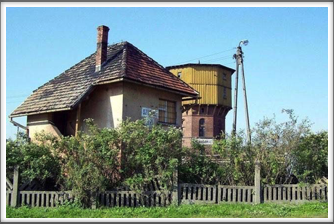
Railroad Station – Szubin – my father arrived here in a boxcar with 53 other American Officers. Oflag 64 is 2 miles from here.
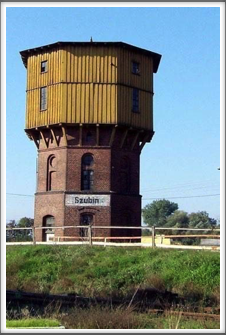
Station tower. By looking closely you can see “Szubin”, painted over the German renaming of the town, “Altburgund”
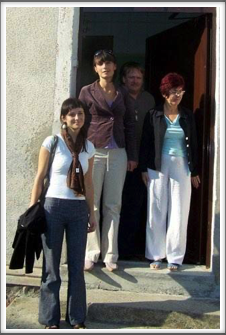
Second from left, Kamila Czechowska, museum director. Far left, is Anna Duda, friend of Kamila, who spoke English, - the man in the back is the newspaper photographer, and the lady on the right is a helper at the museum.
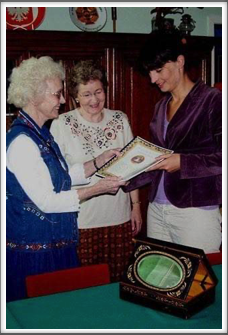
Jackie Pettigrew, presenting a copy of the diary of her father, Perry D. Swindler, to Kamila. He had kept a diary from the day that he was captured by the Germans, until he arrived back in the U.S. It of course, included his time at the prison, Oflag 64.
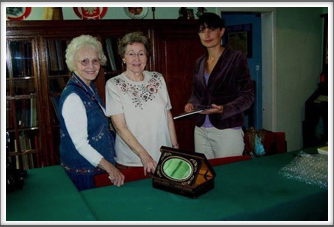
Jackie and sister, Charlotte Webber, with the carved shaving box given to our father by a Polish family after he was free, and they were tending to his physical recovery.

Left to right, Anna, Jackie, Charlotte, and Kamila. The Museum has a nice collection of letters, stories, e-mails, etc. from former prisoners. They also have a few pieces of memorabilia from survivors and their families.
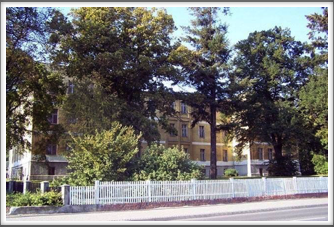
The main building, housing the first prisoners captured in North Africa. The camp was 300 x 200 yards, and was surrounded by two barbed wire fences. It was formerly a Polish college.
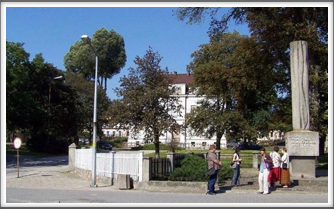
The main building is far right, out of photo. The memorial is on right in photo, and the hospital in background.
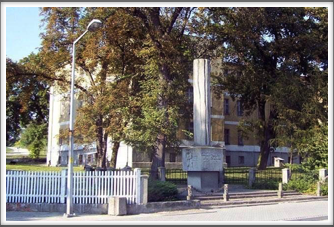
Another look at the monument honoring Polish, American, and all other prisoners held there. The tall piece supposedly represents an eternal flame.
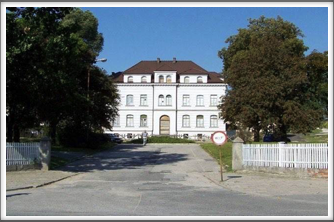
This was the hospital with a 30-bed capacity. It was not equipped to handle those seriously ill or wounded. There were several doctors and one dentist

This is the only barracks left. The others have been burned or destroyed. It is in back of and nearly far left from the hospital.
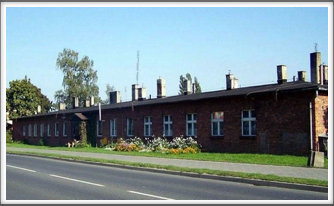
Former barracks across the street from Oflag 64, where the Germans were billeted. Note the dog in front of the building.
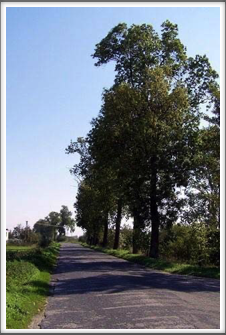
This is the exact road that the POW’s walked. This photo is just outside the entrance to the estate where they spent the first night of their march in January 1945.
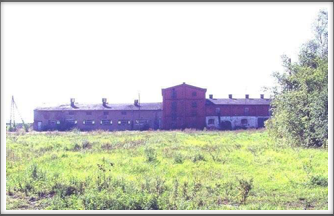
This is one of the barns. There are only 2 barns left of the original barns of the estate. This is the one furthest from the estate house.
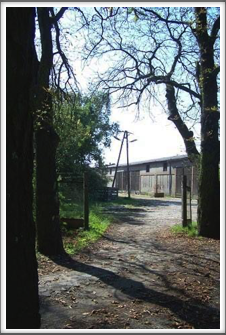
This is the path leading from the estate house to the nearest barn/building. If you stand on the front porch of the house, this is to your right, and up.
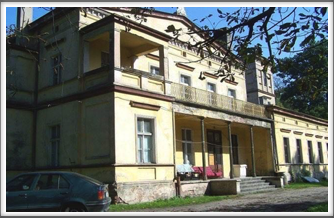
The estate house was where some of the men who escaped or couldn’t continue the march stayed. My Dad stayed there for 11 days. Stanislaw and his family made sure they were warm and fed.
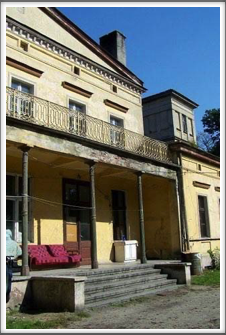
The house is in bad need of repair. The man who is the past Mayor of Szubin lives there with his small family. They are the caretakers.
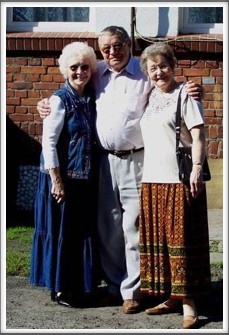
Stanislaw with Jackie and Charlotte. He really enjoyed remembering all the events of the time that the men spent with his family. We felt very blessed to meet him.
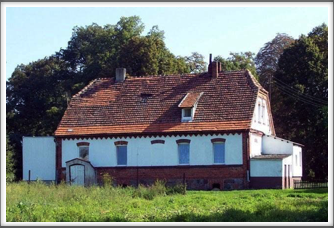
The house where Stanislaw and his family lived as caretakers. He remembers the men coming over often to listen to the radio for news of how the war was progressing.
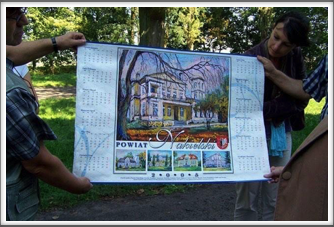
The former Mayor, on left, presenting a calendar to us that has the photo of the estate house in the center. The Polish people refer to this as a castle. We were honored to receive this calendar, and very blessed to visit the place that has so much meaning to our family.

Szubin is a lovely town, and the people there were very kind. Dad would be happy that we could meet the family that helped him and others during their great time of need. We gave a donation to the Museum there in honor of Stanislaw and his family, and in memory of our father. We will always remember our trip into history.
Click on thumbnails below to see larger photos and full captions.
